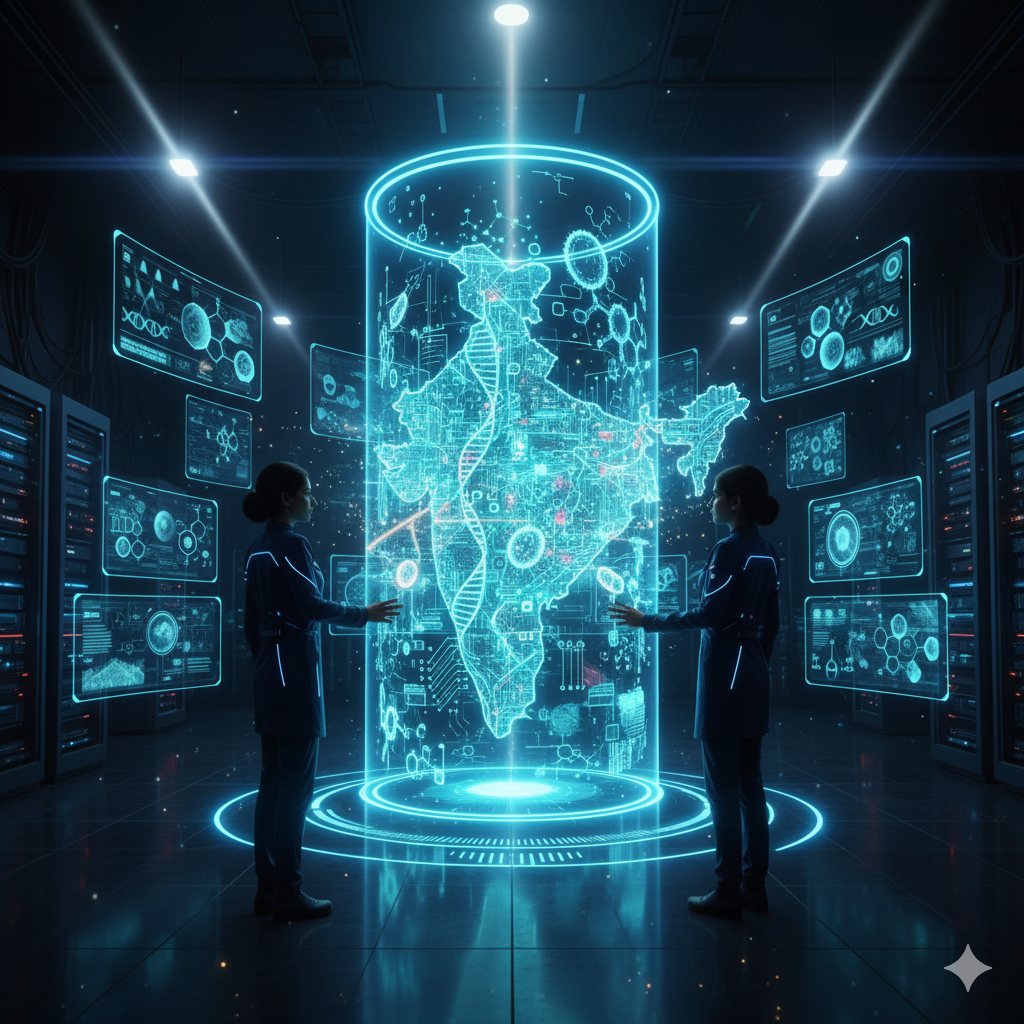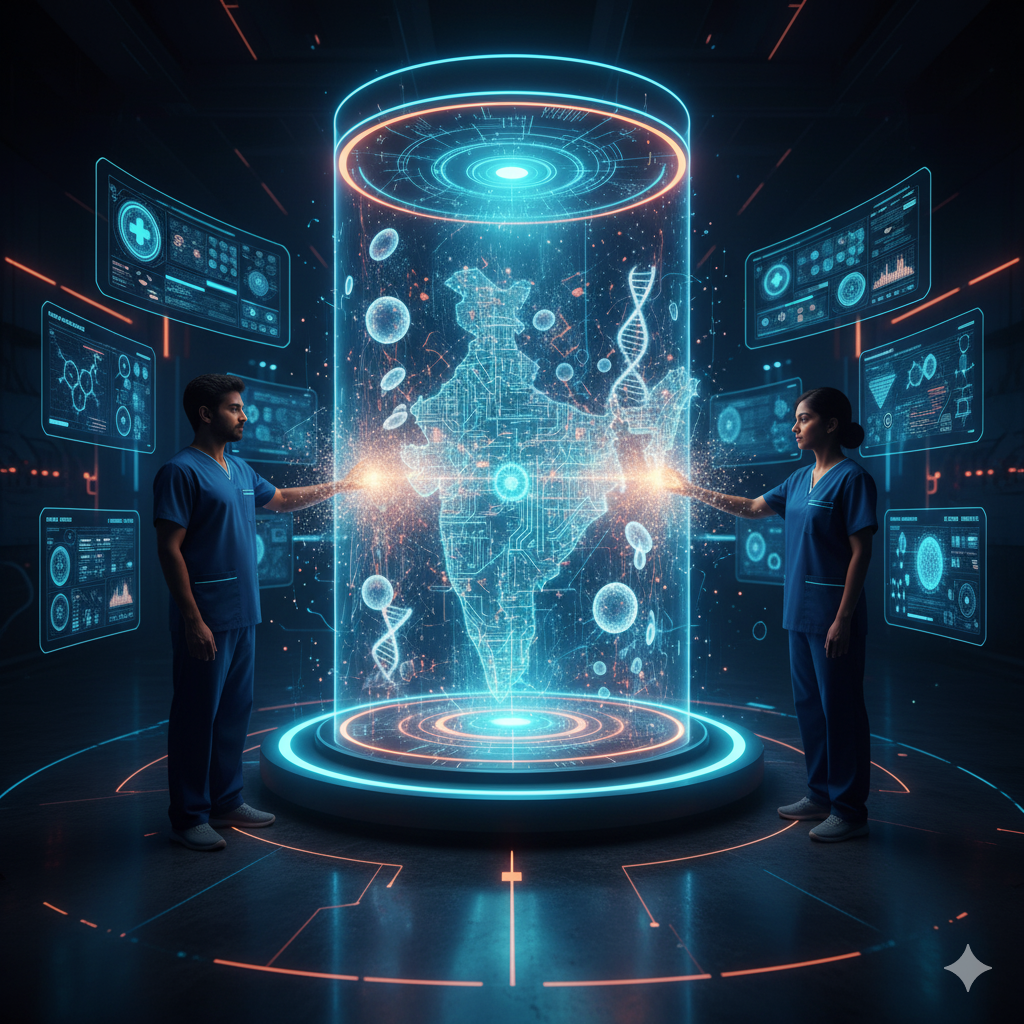Introduction
Crime has been a persistent challenge throughout human history. Governments, law enforcement agencies, and sociologists have long debated how to reduce criminal activity, relying on punishment, rehabilitation, and social reform. However, despite these efforts, crime continues to evolve in complexity.
Recent advances in neuroscience, psychology, and artificial intelligence (AI) have opened a new frontier: the possibility of mapping and understanding the subconscious mind. The subconscious holds the hidden layers of human thought, emotion, and motivation—some of which may influence criminal behavior.
By studying the subconscious, researchers aim to predict tendencies, identify risk factors, and even intervene before criminal acts occur. While this idea raises profound ethical and technological questions, it represents a transformative opportunity for crime prevention. This article explores the science of the subconscious mind, mapping techniques, applications in preventing crime, limitations, and future possibilities.
Understanding the Subconscious Mind
1. Definition and Structure
The subconscious mind refers to the part of our mental processes that operate below conscious awareness. Unlike the conscious mind, which handles deliberate thoughts, the subconscious regulates:
- Impulses and instincts
- Emotional responses
- Habits and conditioned behaviors
- Deep-seated beliefs and fears
2. Role in Human Behavior
Many psychologists, including Freud and Jung, argued that the subconscious shapes behavior, often without awareness. Key points include:
- Decision-Making: Subconscious biases influence daily choices.
- Emotional Responses: Anger, fear, and aggression often originate in subconscious processes.
- Behavioral Patterns: Addiction, aggression, or antisocial tendencies may have subconscious roots.
Thus, understanding the subconscious offers insights into why some individuals might engage in criminal or antisocial behavior.
Techniques to Map the Subconscious Mind
Advances in technology are making it possible to visualize and analyze subconscious activity. Some of the main approaches include:
1. Functional Magnetic Resonance Imaging (fMRI)
- Measures blood flow in the brain to detect active regions.
- Can identify patterns associated with impulsivity, aggression, or fear.
- Helps understand how subconscious thought processes translate into action.
2. Electroencephalography (EEG)
- Detects electrical brain activity.
- Useful for monitoring reactions to stimuli that trigger aggressive or antisocial behavior.
- Portable EEG devices allow real-time monitoring in controlled environments.
3. Magnetoencephalography (MEG)
- Measures magnetic fields produced by brain activity.
- Offers high temporal precision to track rapid subconscious responses.
4. Neural Pattern Analysis with AI
- Machine learning algorithms can identify correlations between subconscious patterns and behavioral tendencies.
- Predictive models can flag high-risk behavior, based on past studies of criminal or antisocial conduct.
5. Psychophysiological Monitoring
- Heart rate, skin conductance, and pupil dilation can reveal subconscious emotional states.
- These measures complement brain imaging for a holistic understanding.
How Mapping the Subconscious Could Prevent Criminal Activity
1. Predicting Risk Factors
By mapping subconscious patterns, researchers can identify individuals who are more likely to engage in criminal acts based on:
- Impulse control deficits
- Aggression triggers
- Antisocial or psychopathic tendencies
- Emotional dysregulation
Predictive models could alert authorities, social workers, or mental health professionals to intervene before criminal behavior manifests.
2. Early Intervention Programs
- Targeted Therapy: Individuals identified with high-risk subconscious traits could receive behavioral therapy, cognitive restructuring, or emotional regulation training.
- Educational Programs: Schools and communities could provide programs aimed at shaping ethical behavior and impulse control from a young age.
- Rehabilitation Enhancement: For offenders, mapping the subconscious can help design personalized rehabilitation programs to reduce recidivism.
3. Monitoring and Rehabilitation of High-Risk Populations
- Subconscious mapping can be used in combination with AI monitoring tools to track rehabilitation progress.
- For example, changes in subconscious aggression markers could indicate whether an intervention is effective.
4. Criminal Profiling and Investigation
- Law enforcement could use subconscious mapping to refine psychological profiling.
- Predictive insights could improve investigations and reduce reliance on trial-and-error methods.
5. Preventing Cybercrime and Fraud
- Criminal behavior is not limited to physical acts; fraud and cybercrime involve complex decision-making patterns.
- Mapping subconscious decision-making could identify risk patterns in individuals prone to unethical online behavior.
Ethical, Legal, and Social Considerations
While the potential benefits are enormous, mapping the subconscious raises profound ethical concerns:
1. Privacy Concerns
- Subconscious thoughts are inherently private.
- Unauthorized mapping could be equivalent to intrusive mind-reading.
2. Consent and Autonomy
- Individuals must voluntarily consent to subconscious analysis.
- Predictive models must not override free will or label someone as “criminal” without legal basis.
3. Discrimination Risks
- Misinterpretation of subconscious patterns could lead to profiling, bias, or discrimination.
- Predictive policing based solely on subconscious mapping could reinforce social inequalities.
4. Reliability of Predictions
- Subconscious patterns do not guarantee criminal behavior.
- False positives could unfairly stigmatize individuals.
5. Legal Frameworks
- Laws must define limits on brain data collection, storage, and use.
- Ethical boards should oversee research and application in crime prevention.
Technological Challenges
- Complexity of Human Brain
- The human brain is highly dynamic and adaptable.
- Subconscious triggers are influenced by environment, genetics, and personal experiences.
- Data Interpretation
- Large-scale mapping generates massive datasets.
- AI models must distinguish between temporary impulses and persistent criminal tendencies.
- Integration with Society
- Subconscious mapping alone cannot prevent crime.
- It must be integrated with social, economic, and educational reforms.
- Accessibility
- Advanced neuroimaging and AI analysis are costly.
- Equal access must be ensured to prevent societal disparities.
Future Possibilities
Despite challenges, the future of subconscious mapping for crime prevention is promising:
1. AI-Powered Predictive Systems
- AI could detect early signs of antisocial behavior from neural and physiological data.
- Predictions could inform early interventions in schools, workplaces, or rehabilitation centers.
2. Neuro-Rehabilitation Programs
- Tailored programs could retrain the subconscious to reduce aggression and impulsivity.
- Virtual reality (VR) and neurofeedback could reinforce positive behavior.
3. Integration with Social Programs
- Communities could combine subconscious monitoring with mentorship, education, and social support.
- Early detection could reduce crime without punitive measures.
4. Ethical Neural Monitoring in Prisons
- Mapping subconscious thought patterns of inmates could guide rehabilitation plans, reducing recidivism.
- Could also help prevent in-prison violence by identifying emotional triggers.
5. Global Crime Reduction Strategies
- If scaled ethically, subconscious mapping could be part of national crime prevention frameworks.
- Combined with education, social reforms, and community support, it could significantly reduce criminal activity over generations.
Balancing Science with Ethics
The use of subconscious mapping in crime prevention must carefully balance:
- Security vs Privacy: Preventing crime without violating personal rights.
- Prediction vs Free Will: Using insights to guide, not coerce behavior.
- Technology vs Humanity: Ensuring interventions are humane, compassionate, and socially responsible.
Experts argue for strong ethical oversight, transparent policies, and continuous evaluation to ensure that subconscious mapping benefits society without becoming a tool for oppression.
Conclusion
Mapping the subconscious mind represents a transformative frontier in crime prevention and societal safety. By understanding hidden motivations, impulses, and emotional triggers, researchers and policymakers could:
- Predict and mitigate high-risk behavior
- Enhance rehabilitation programs
- Reduce recidivism
- Guide proactive educational and social interventions
However, subconscious mapping is not a magic solution. It is one tool among many, which must be complemented by ethical governance, social reforms, and inclusive policies. The future holds the promise of a society where understanding the subconscious helps prevent crime without compromising human rights or dignity.
As neuroscience and AI advance, the challenge will be to harness this knowledge responsibly—creating safer communities while respecting the deeply personal and private world of the human mind.




